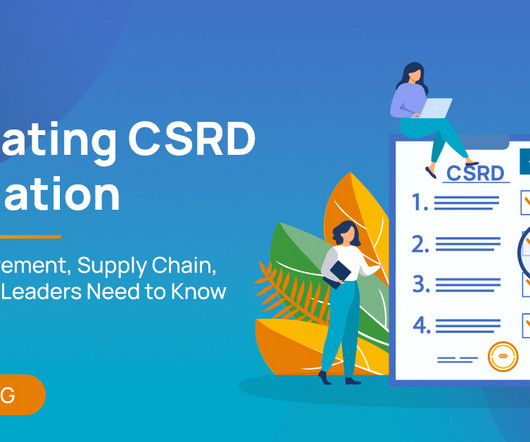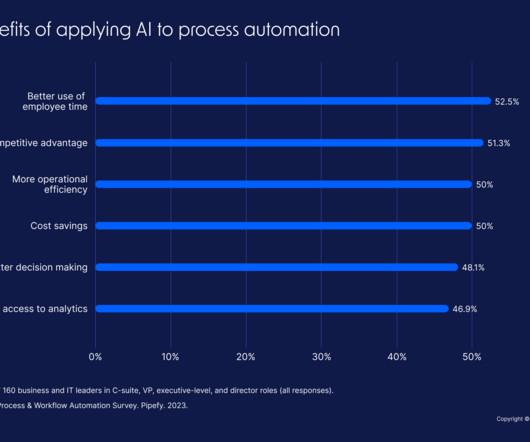Navigating CSRD Regulation: What Procurement, Supply Chain, and Finance Leaders Need to Know
ivalua
JUNE 11, 2023
Ivalua Spend Management Insights [ivory-search] Navigating CSRD Regulation: What Procurement, Supply Chain, and Finance Leaders Need to Know June 12, 2023 | | Sustainability by Vishal Patel In an effort to drive sustainability and combat climate change, the European Union has introduced the Corporate Sustainability Reporting Directive (CSRD).












Let's personalize your content